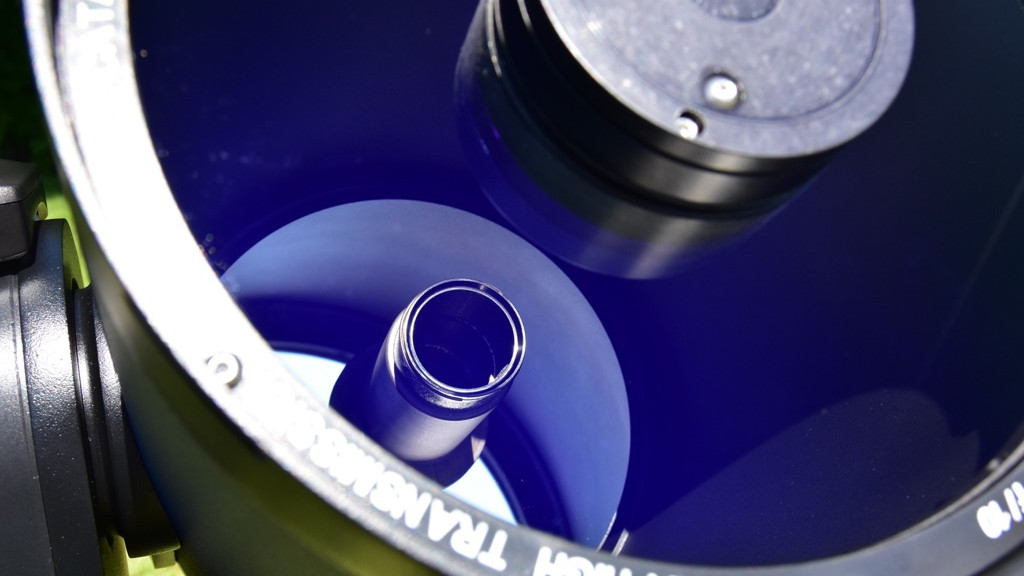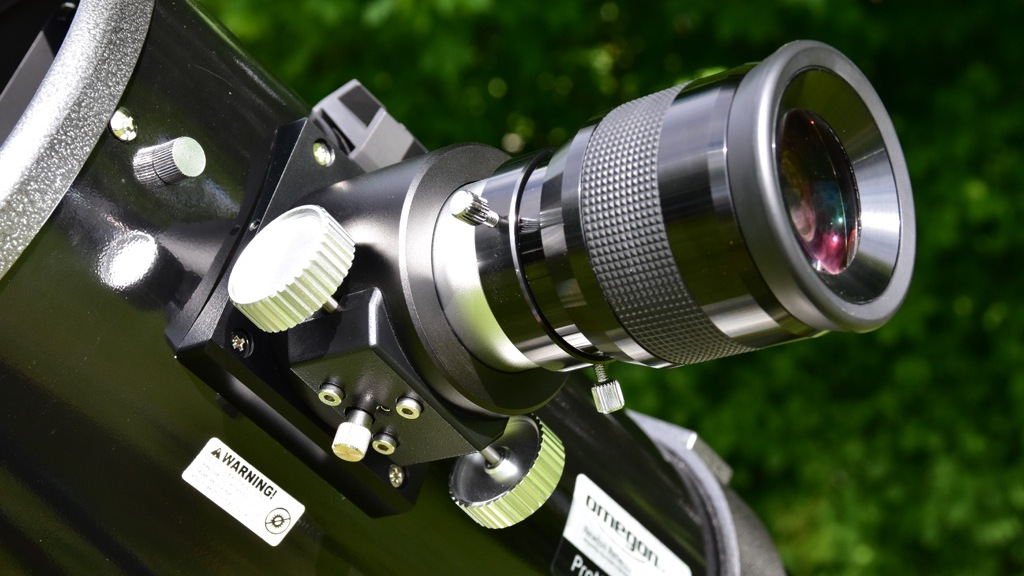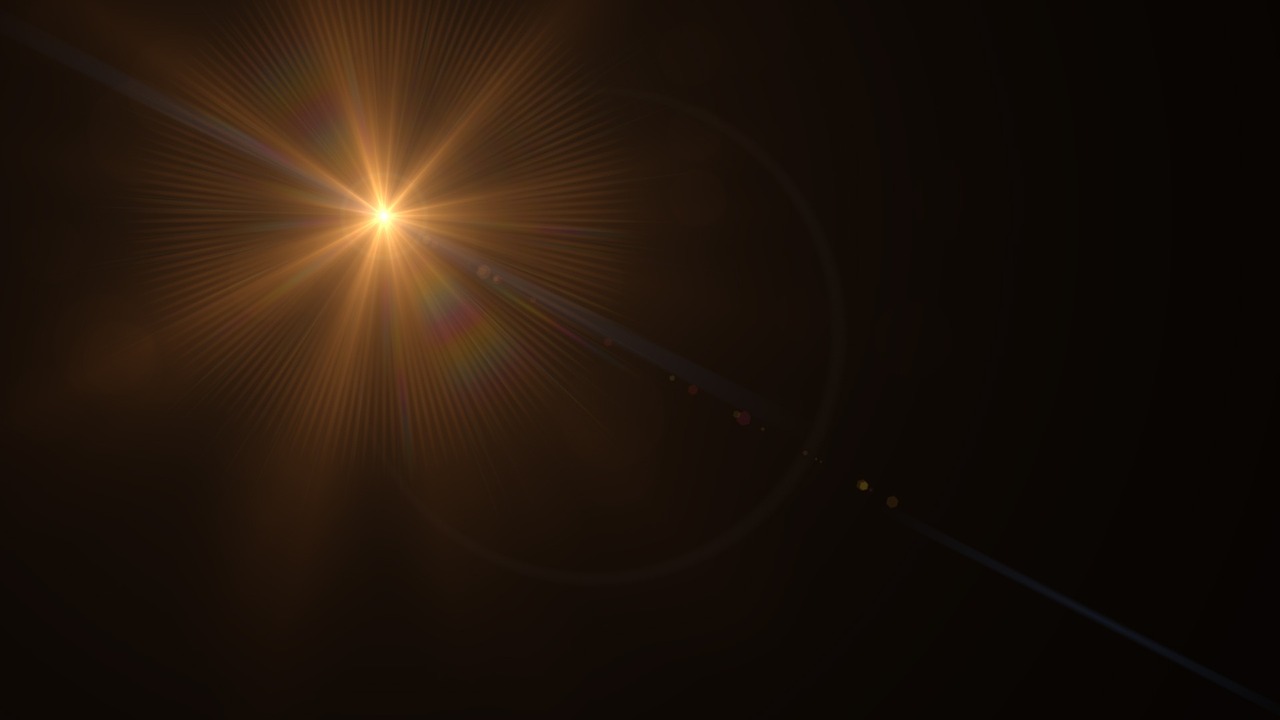Obstruction
A telescope should gather light - preferably lots of it. But there is also a downside that we have to live with ...
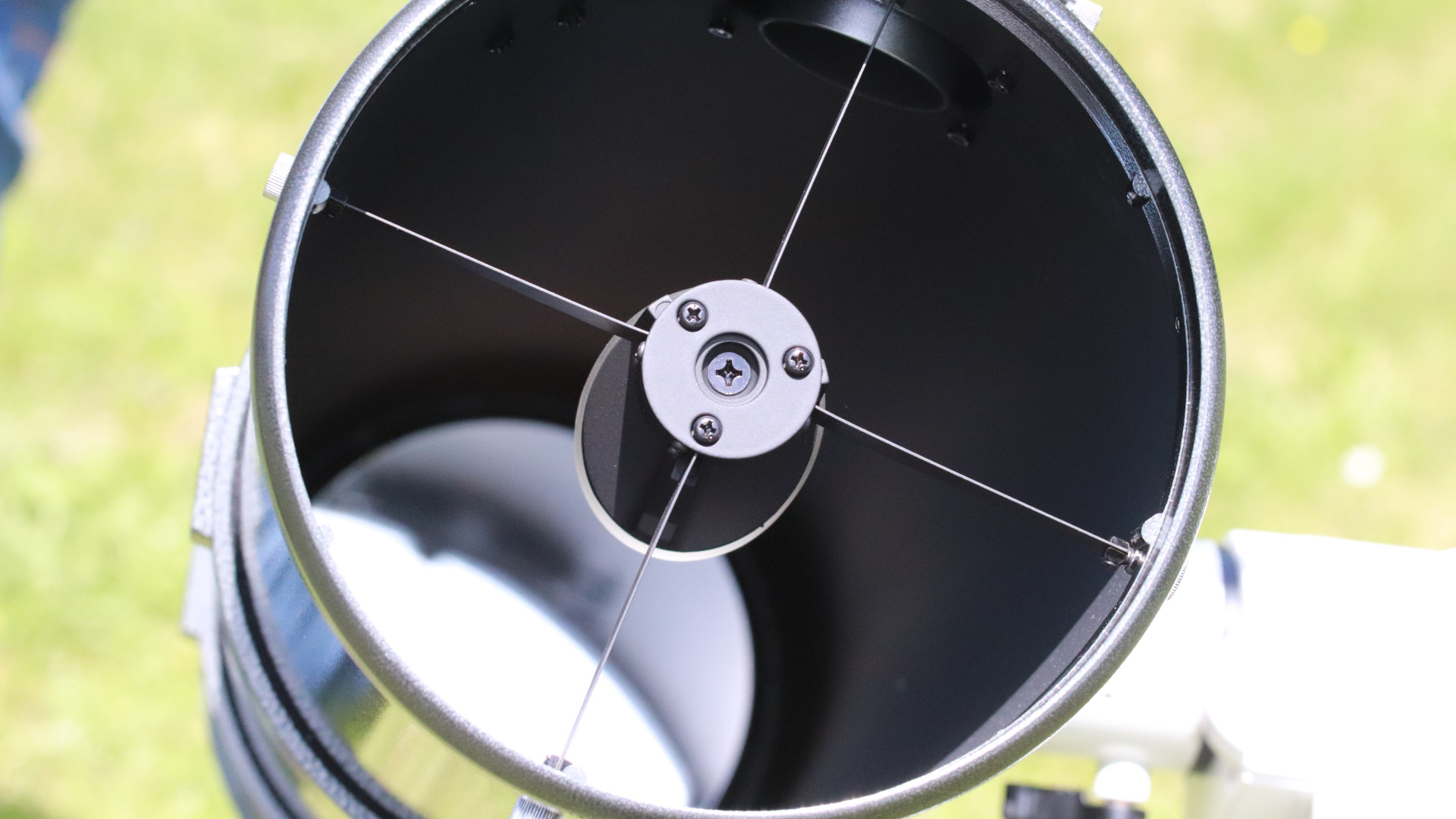
A comparison of reflectors and refractors
A Newtonian mirror telescope with a mirror diameter of 200mm and a secondary mirror diameter of 50mm would, according to this rule of thumb, deliver the same contrast as a refractor with a 150mm aperture. However the light gathering power behaves somewhat differently. Of course it declines due to the associated obstruction, but not to the same degree as that which we experience with contrast.
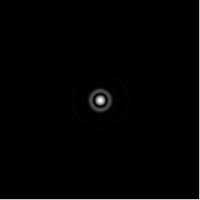 Obstruction = 0%
Obstruction = 0%A telescope is a light trap, which bundles all the collected light together and produces an image. With Newtonian telescopes, however, a secondary mirror deflects the light to the side into the focuser, because otherwise you would not be able to observe with it. Other designs are also obstructed by a secondary mirror.
What the secondary mirror does with the light ...
 Obstruktion = 40%
Obstruktion = 40%The secondary mirror in optical systems creates a shadow, which reduces the contrast and effective aperture performance. Every component in the optical path of a telescope creates this shadow, known as obstruction. This is basically the case for all reflector telescopes (the exception is the 'Schiefspiegler' = oblique reflector). Only a refractor has 0% obstruction, since no components disturb the optical path.
In the illustrations, you can see that the image is diffracted by an obstruction, resulting in a loss of contrast. The larger the secondary mirror, the greater the obstruction.
To find the contrast performance, or the contrast loss, of a telescope, you simply deduct the diameter of the secondary mirror from the diameter of the primary mirror. This gives you the effective contrast aperture that a telescope without obstruction would have.

